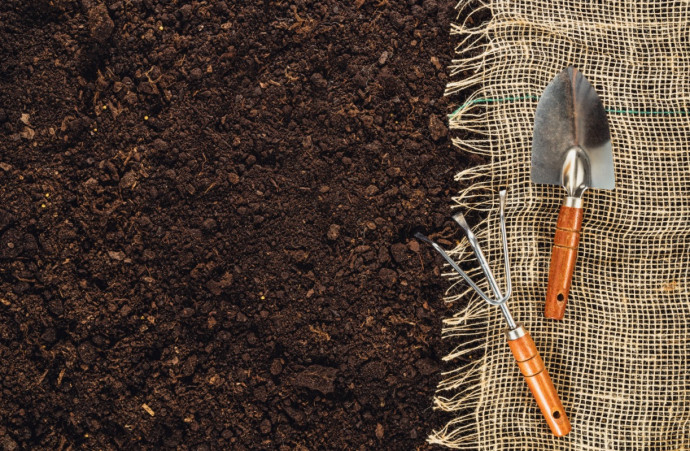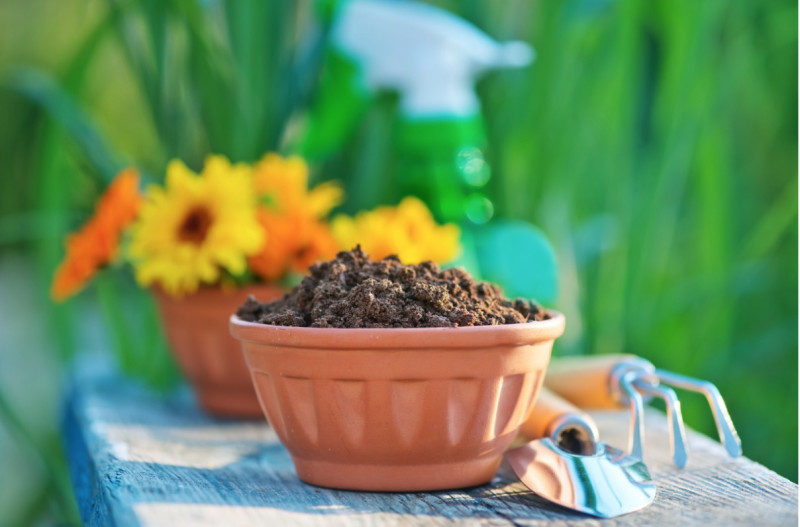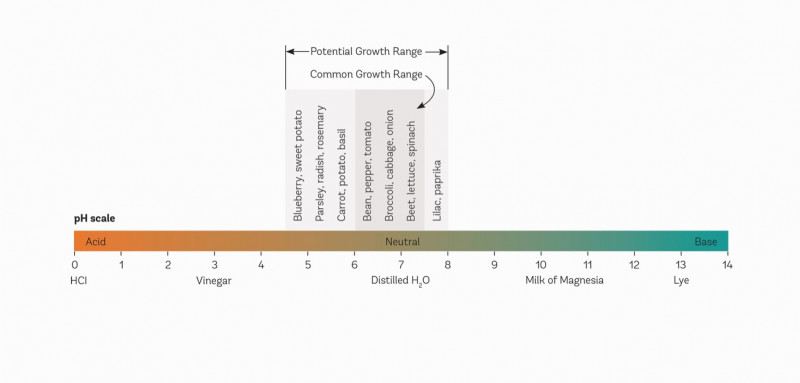How to Take a No-Cost Soil Ph Test

In addition to knowing your soil type, you’ll also need to check its pH.
A simple pH test, available from the garden center, will tell you how acidic (lime-free) or alkaline (lime-rich) your soil is, and this will determine the range of plants you can grow. But you can also take a soil pH test for free.
Soil pH is a measure of the acidity or alkalinity of your garden soil. The pH scale ranges from 0.0 to 14.0, with 14.0 being the maximum alkaline level and 0.0 the most acid. A reading of 7.0 is considered neutral, neither acid nor alkaline. Knowing your soil’s pH can help you make adjustments that can make a real difference in your garden. Some plants perform better in alkaline soil, some prefer acidic soil, and some plants like a neutral environment. Rather than pay for an expensive mail-away test, it is easy to determine general alkalinity by hacking the test yourself. This will not give you a specific numeric result, but it will help you determine how to amend your soil as needed for your favorite plants.
How to take a free soil pH test:
Supplies needed:

How to identify alkaline soil:
1. Dig 1/4 cup of soil from the planting area you want to test.
2. Mix with distilled water to make a muddy liquid.
3. Pour 1/4 cup of white vinegar over the top of the soil.
4. If the mixture bubbles up, it is alkaline soil.
How to identify acidic soil:
1. Dig 1/4 cup of soil from the planting area you want to test.
2. Mix with distilled water to make a muddy liquid.
3. Sprinkle baking soda over the top.
4. If the mixture bubbles up or fizzes, it is acid soil.
You can amend a soil’s pH level organically with many household items. Introduce more acid to the soil with tea, vinegar, coffee grounds, and saw dust.
Coffee grounds increase acidity as well as Nitrogen and sawdust increase Carbon – a balanced combination when used together.

How to change soil pH:
In order to correct the soil based on your pH test results, you will need to add organic or natural soil amendments. With a higher level of organic matter in the soil, it will take less work to correct acidity in either direction. Compost and humic material works best.
If you have alkaline soil and would like to make it more acidic, add natural ingredients like rotted manure, rotted leaf mold (especially oak leaf compost), and pine needles.
If your soil is too acidic, and you need a higher pH, try wood ash, eggshells, and lime. Wood ash from a wood-burning stove or fireplace increases Potassium and dried, broken eggshells increase calcium. Lime is the most common treatment, but if your soil has high amounts of Magnesium (not good for plants), choose a calcium-rich ingredient like the eggshells. Follow package directions and add natural ingredients like bonemeal, powdered crab or oyster shells, or sparingly use woodstove ashes.
